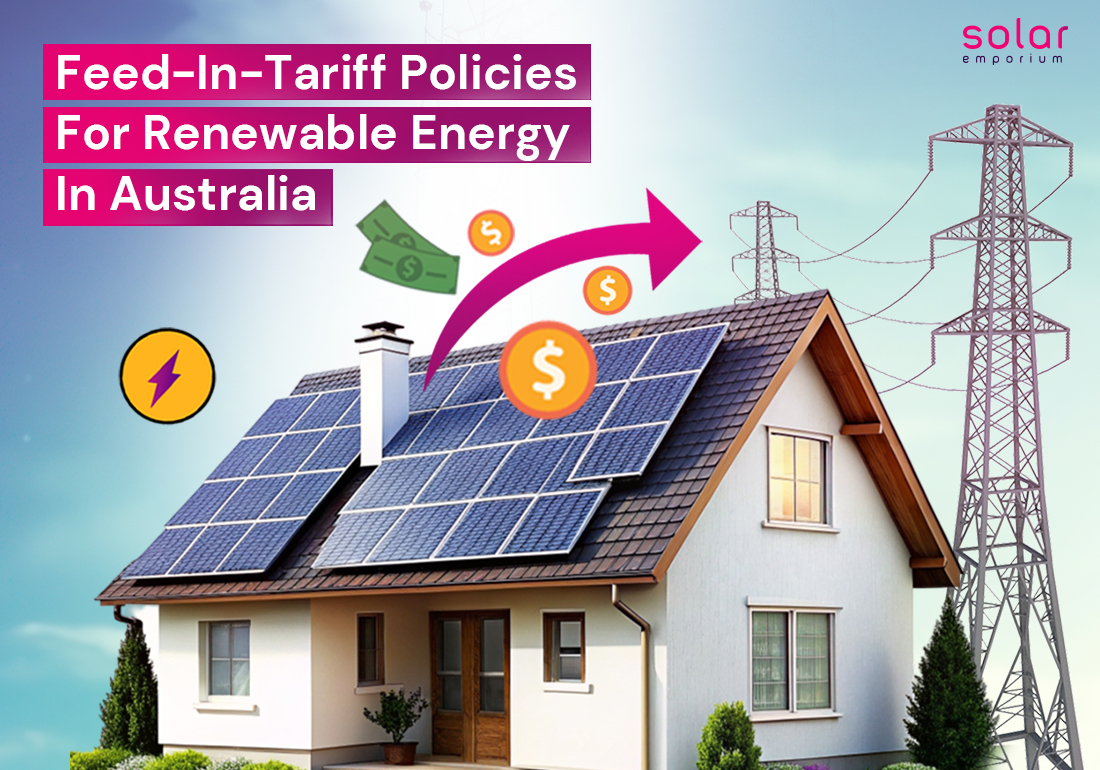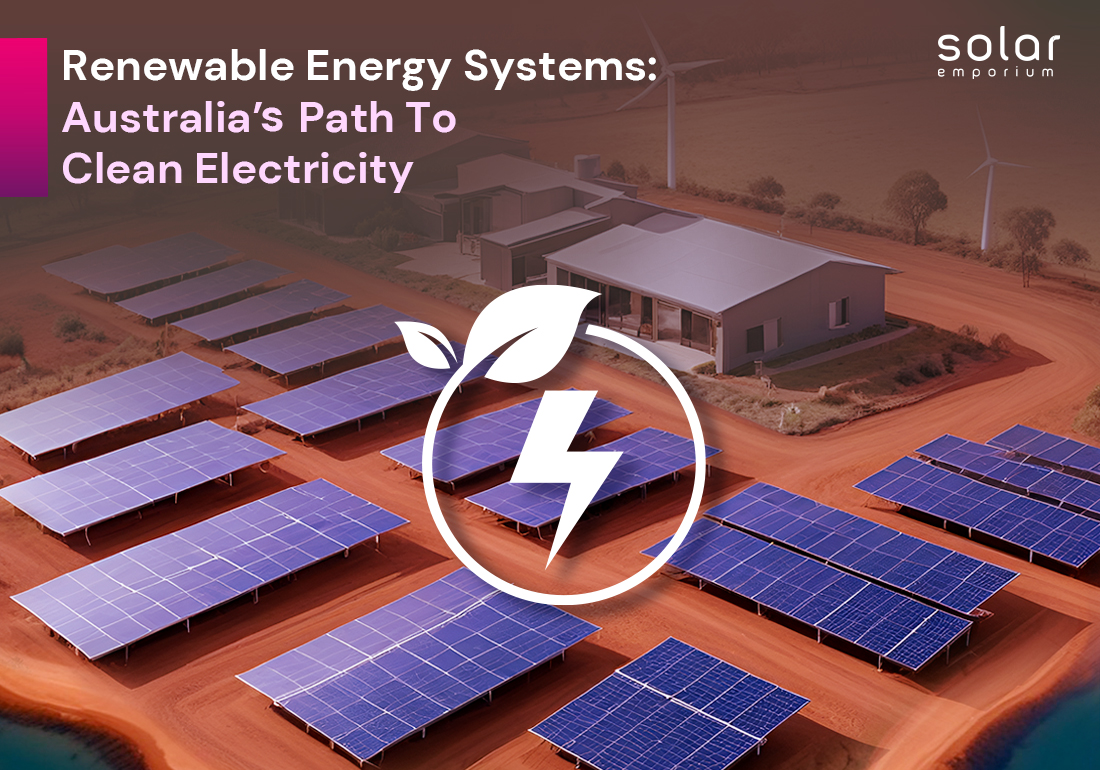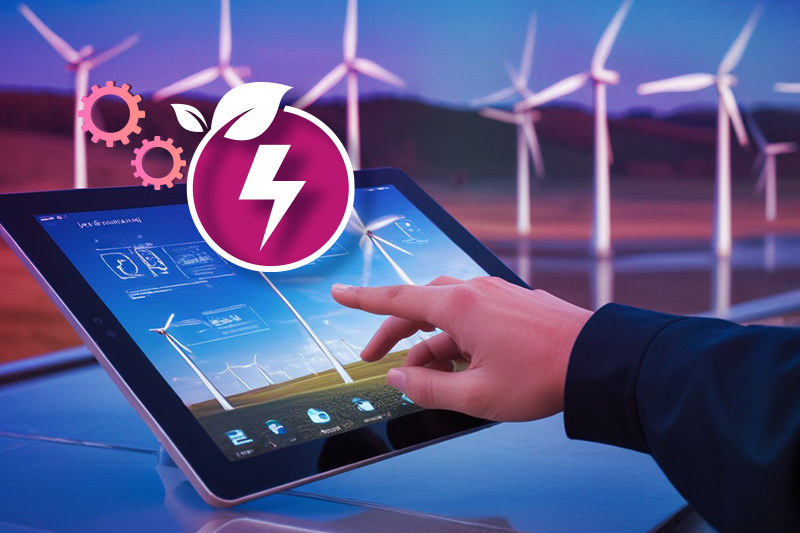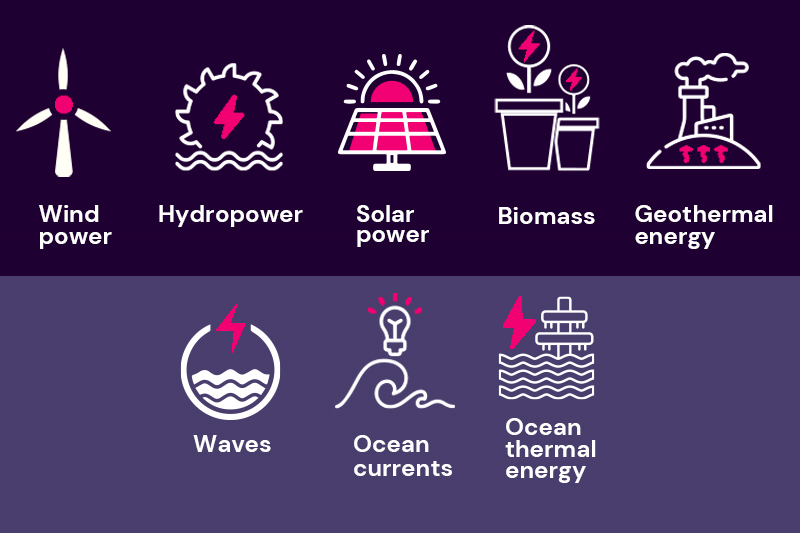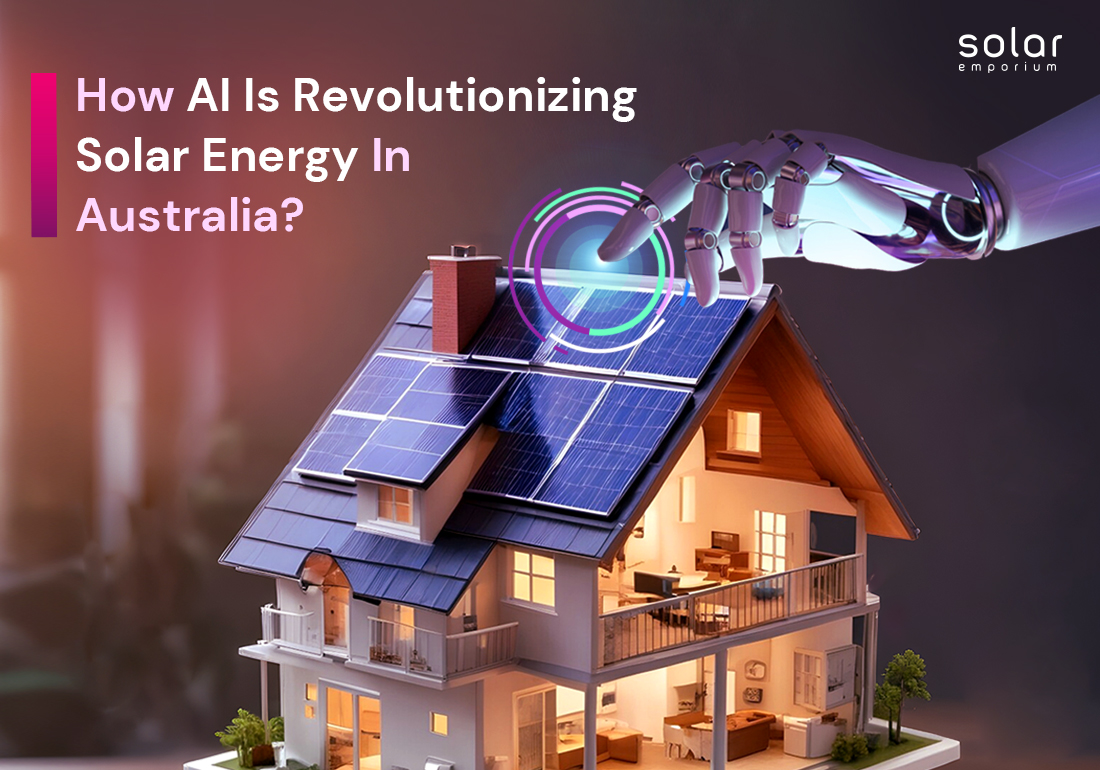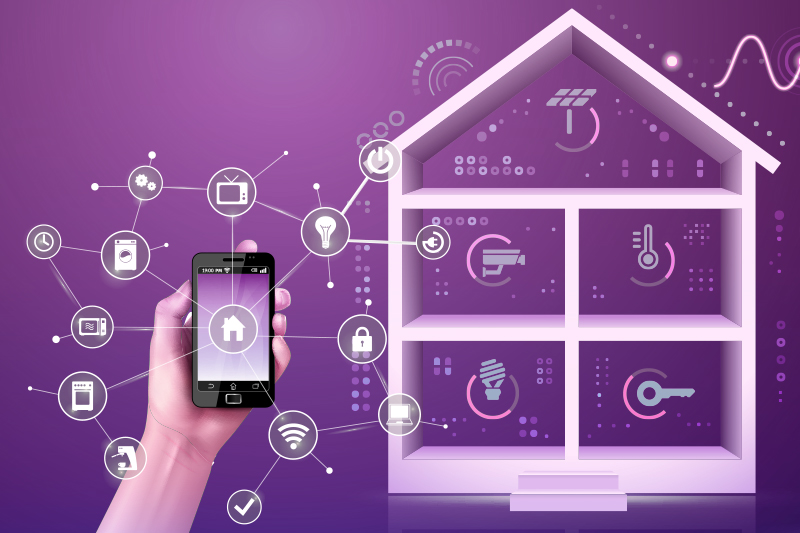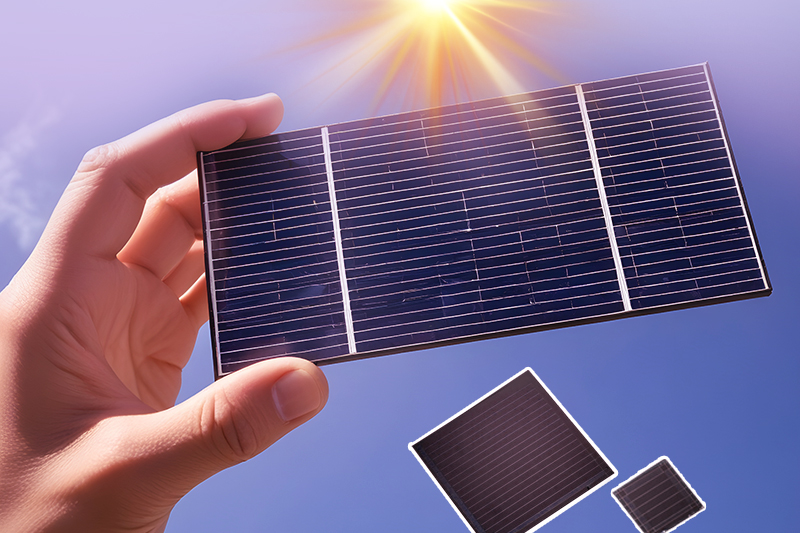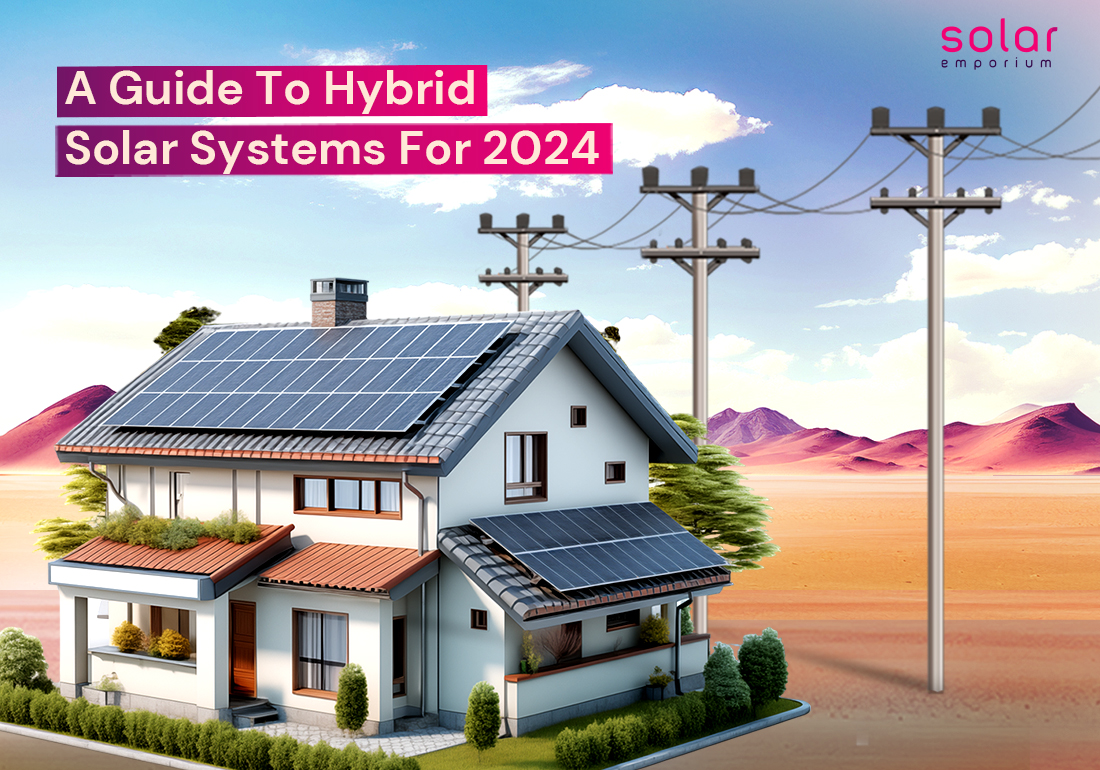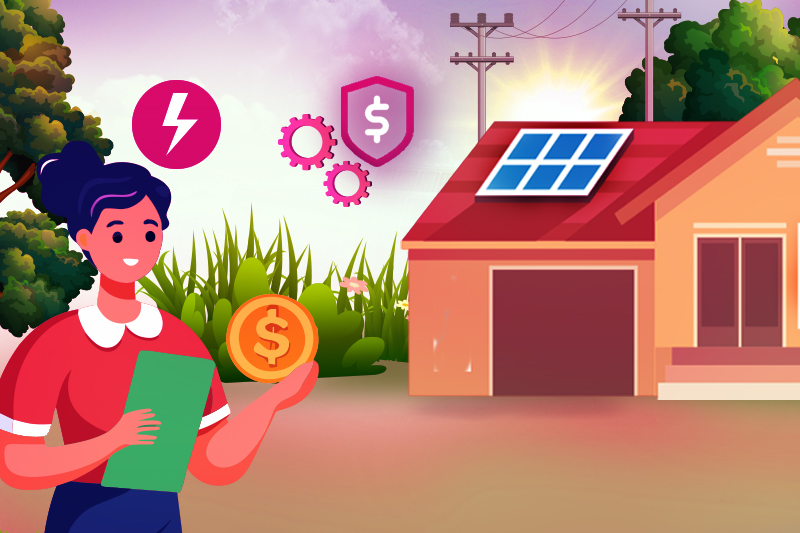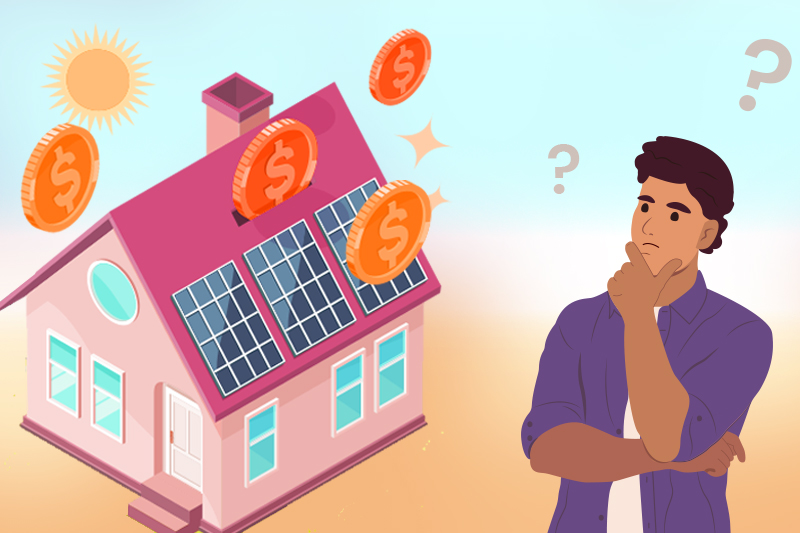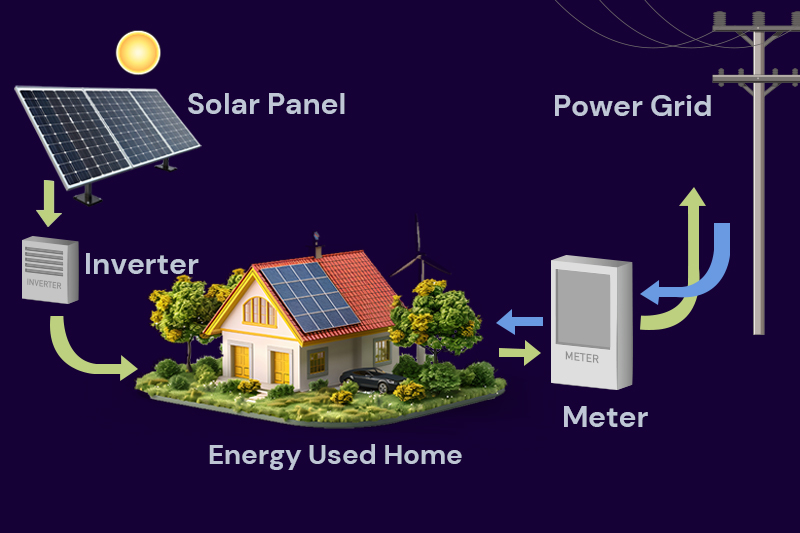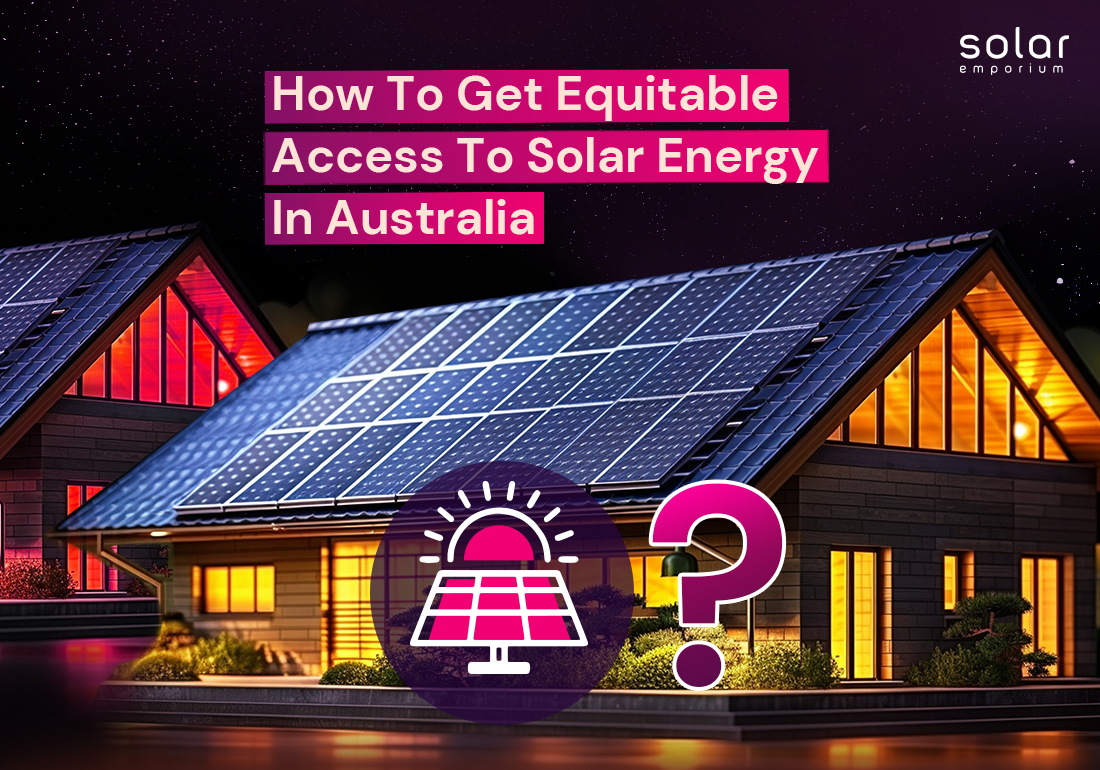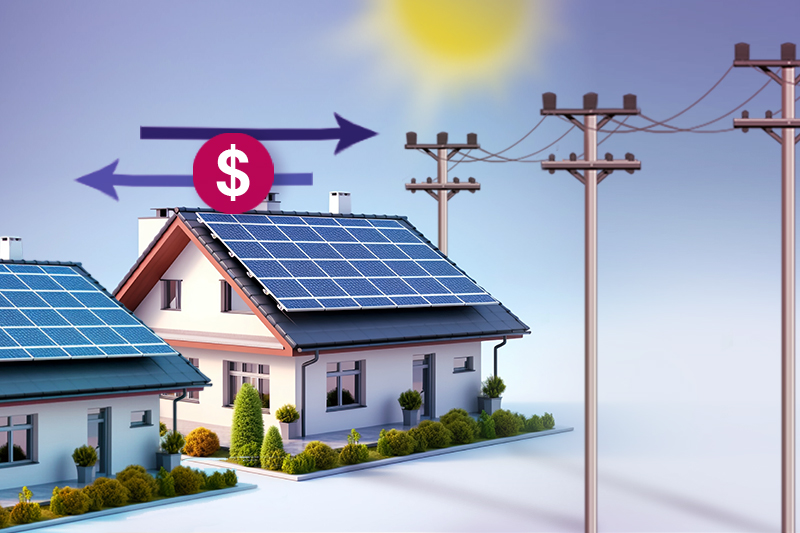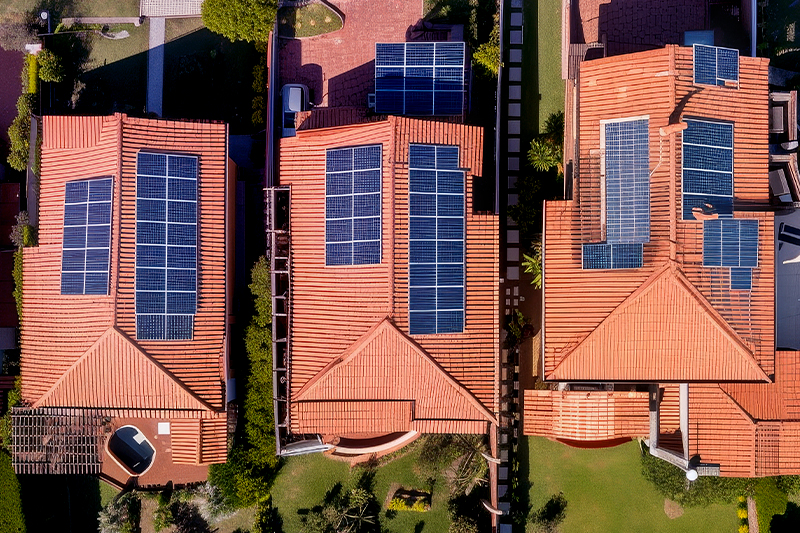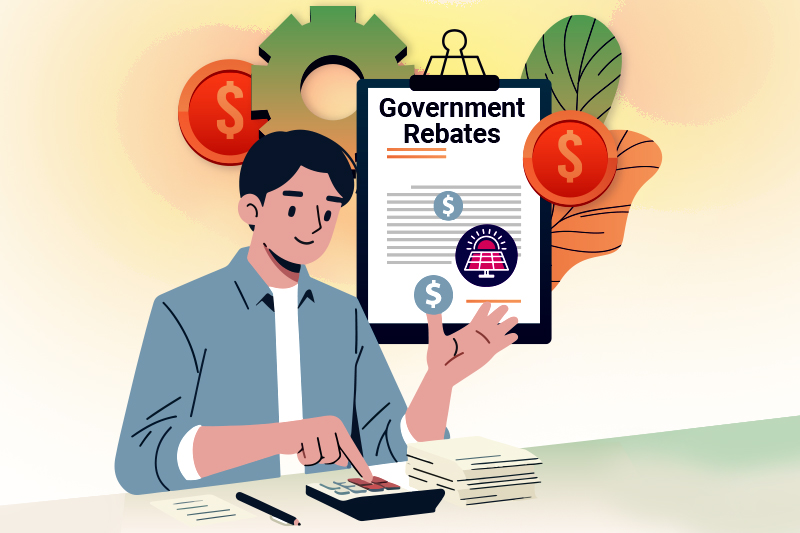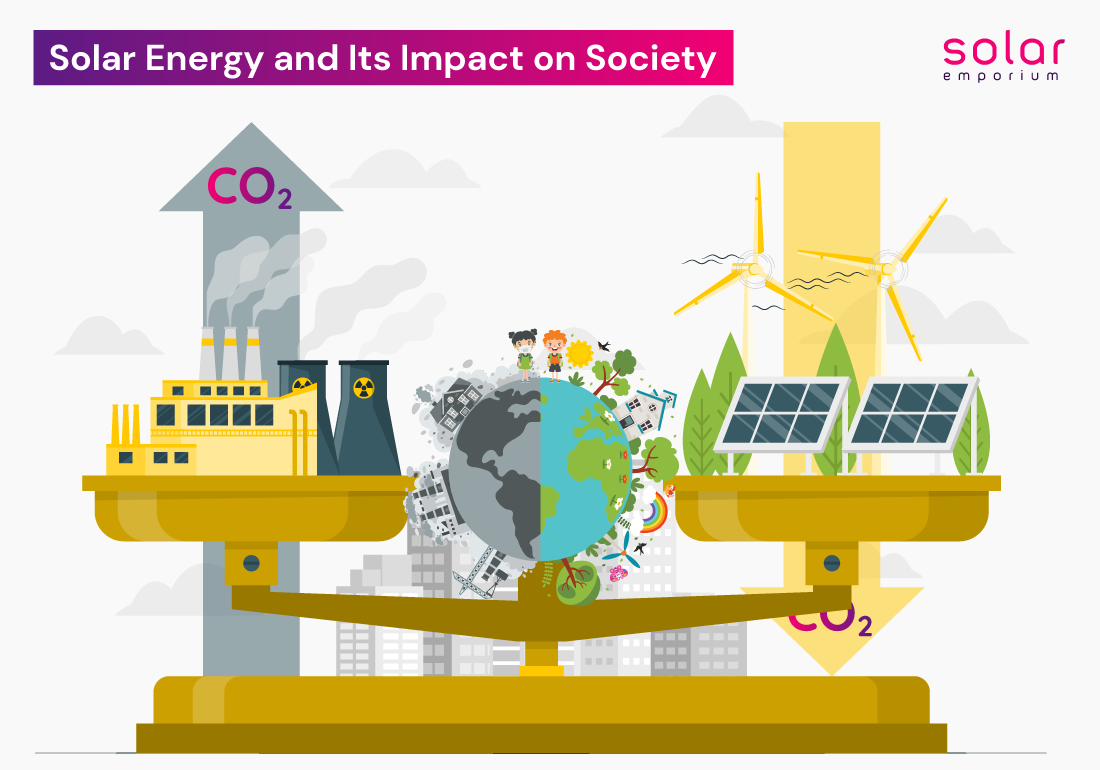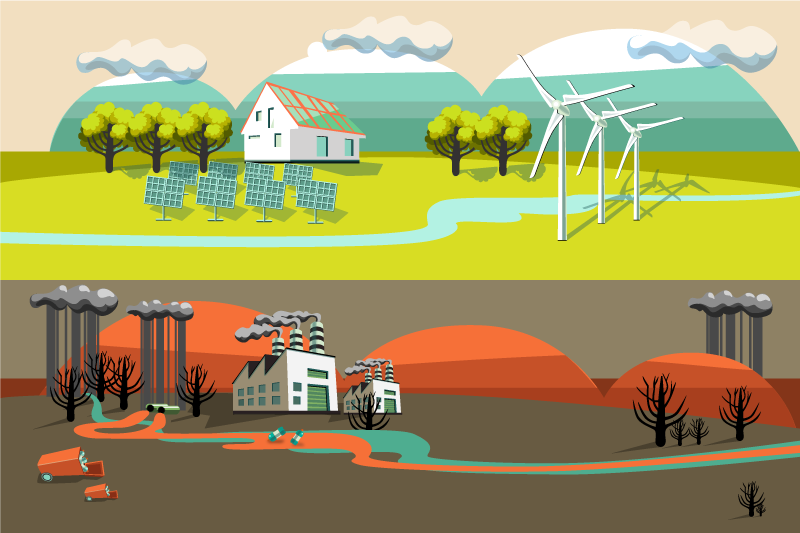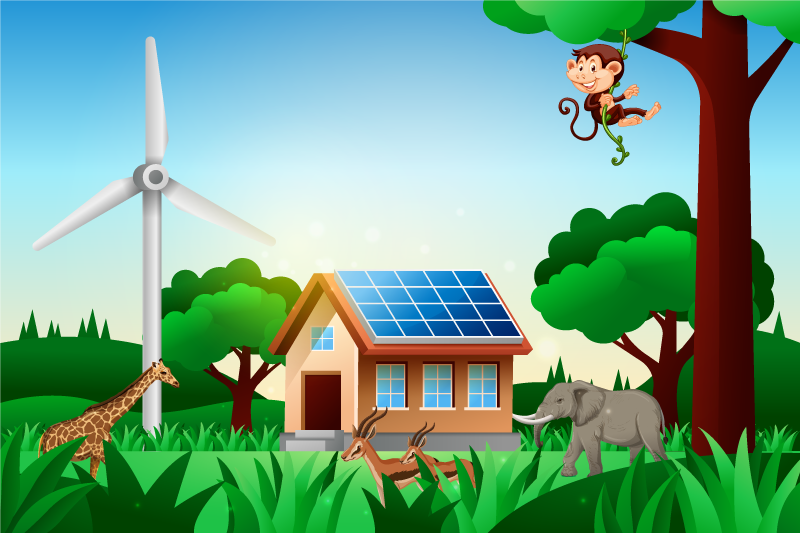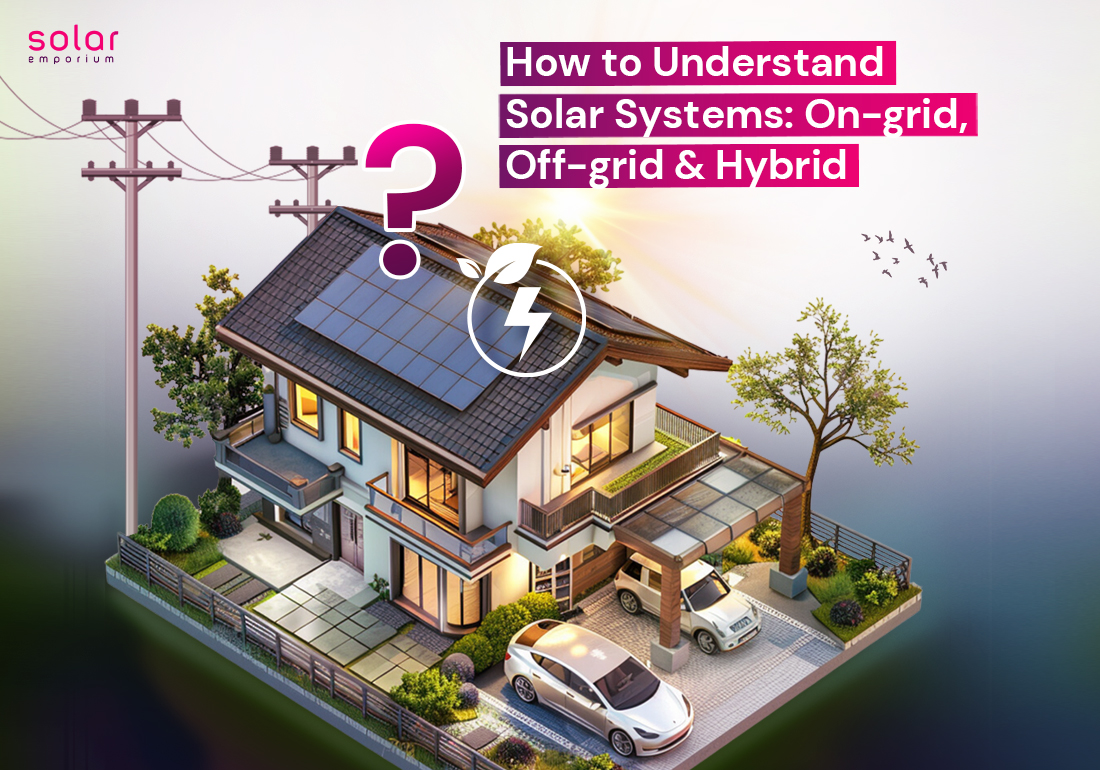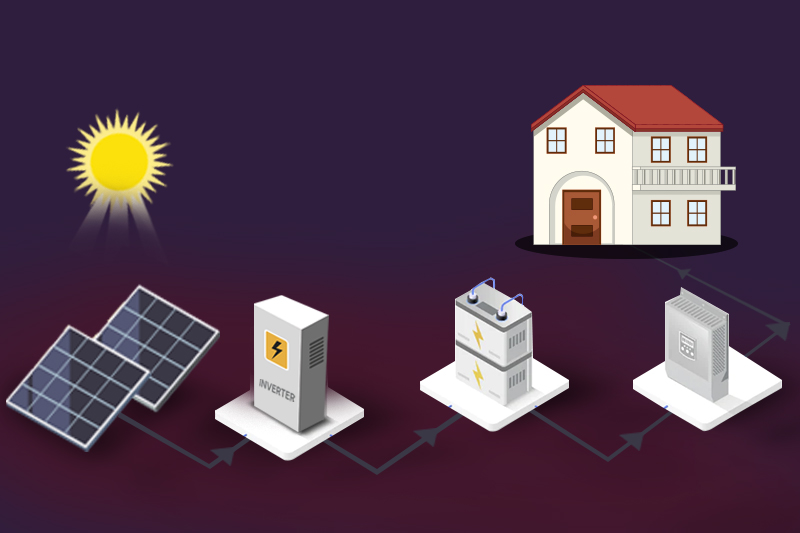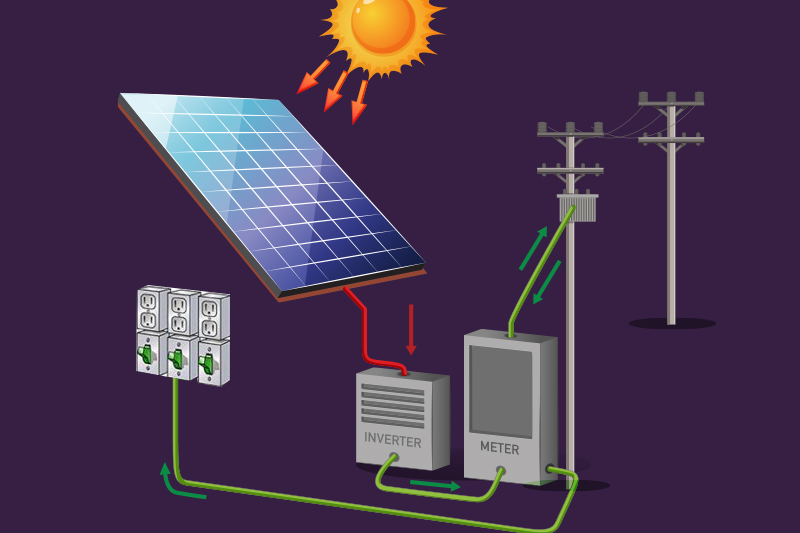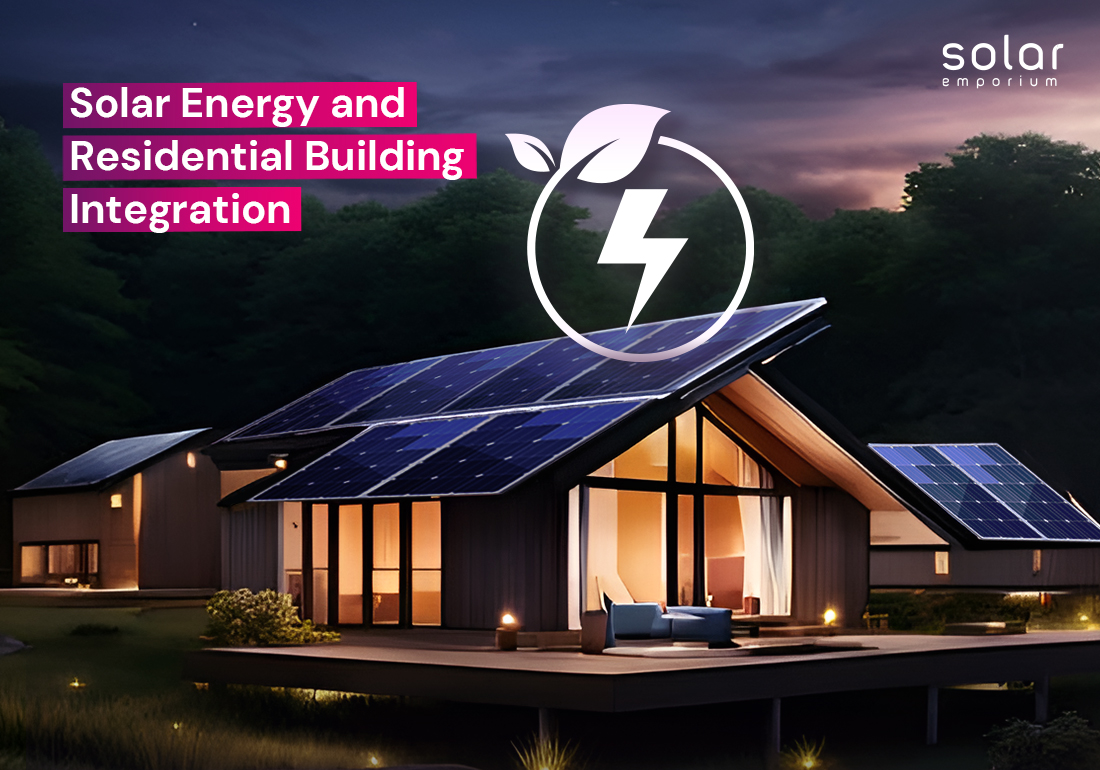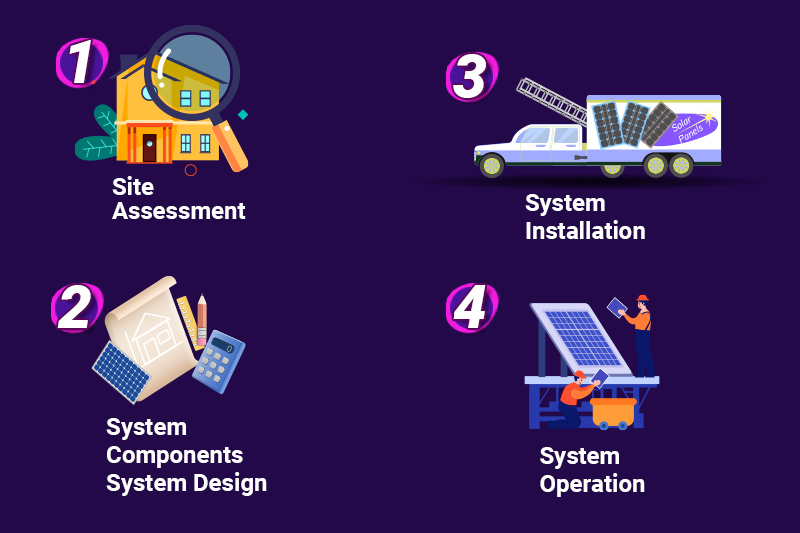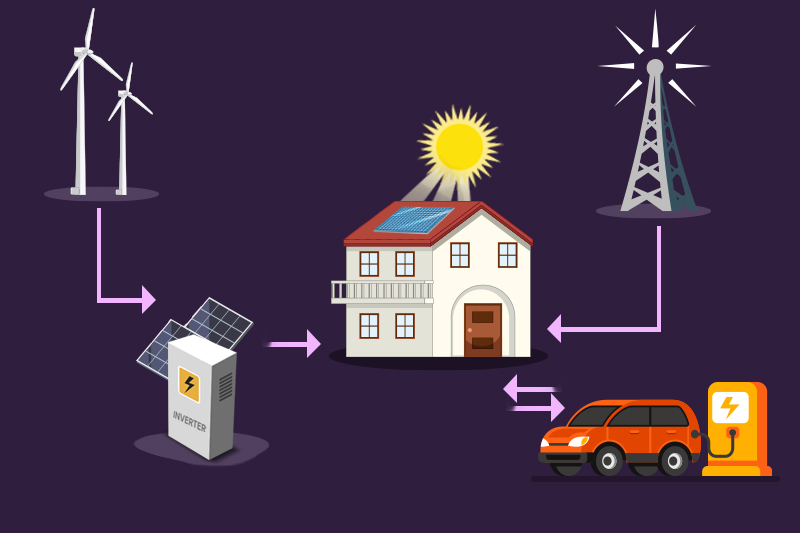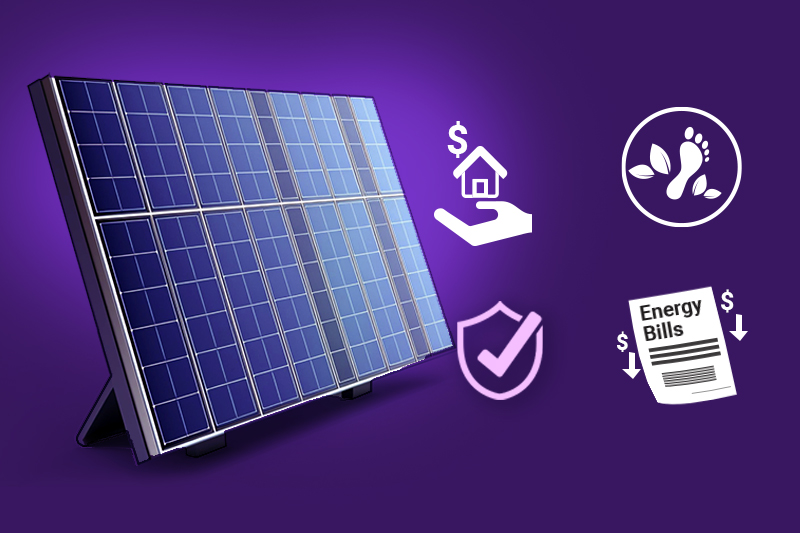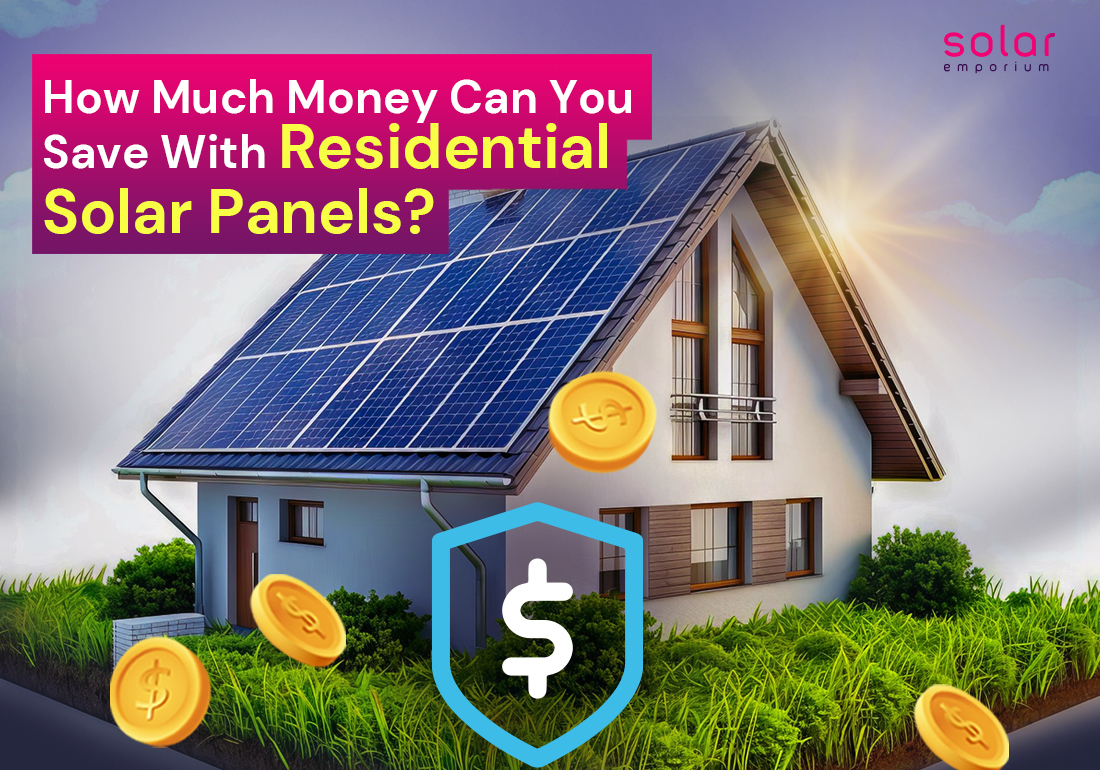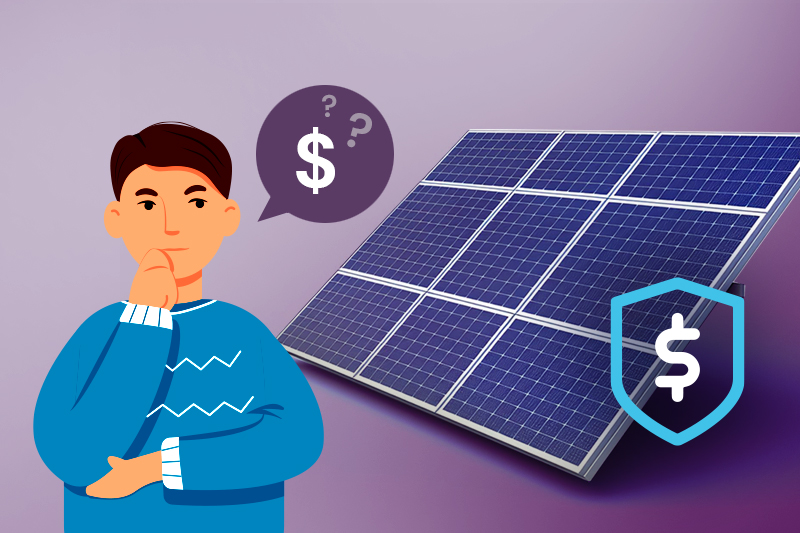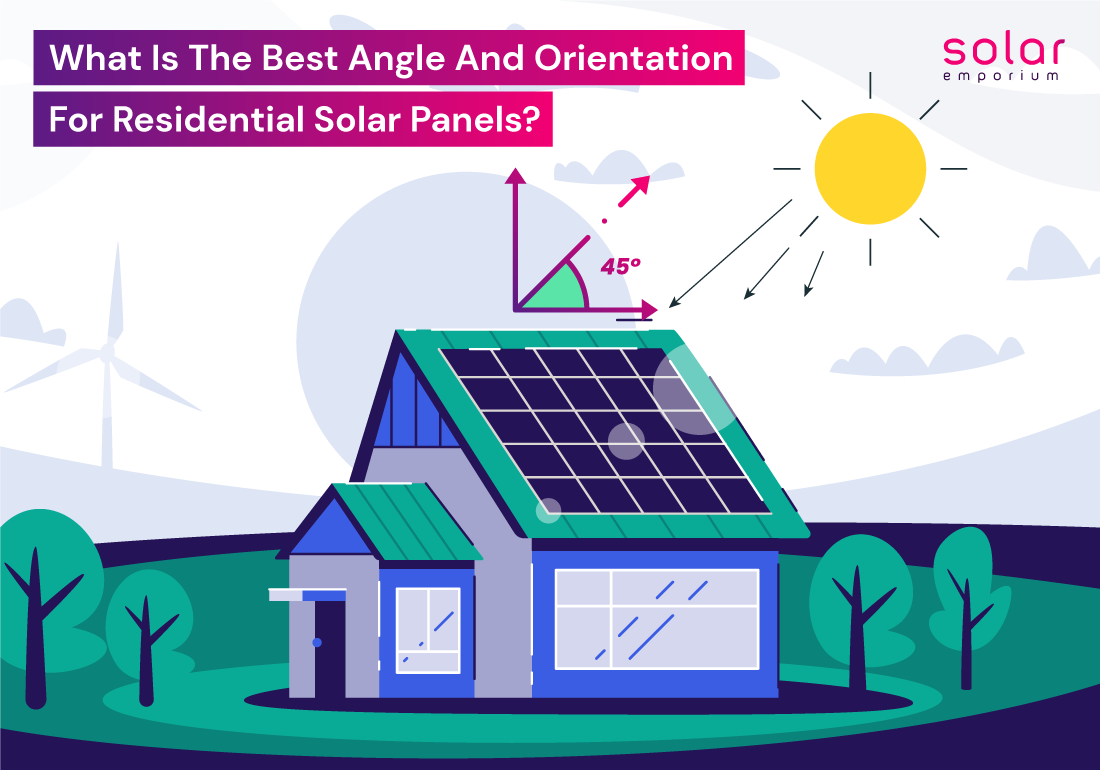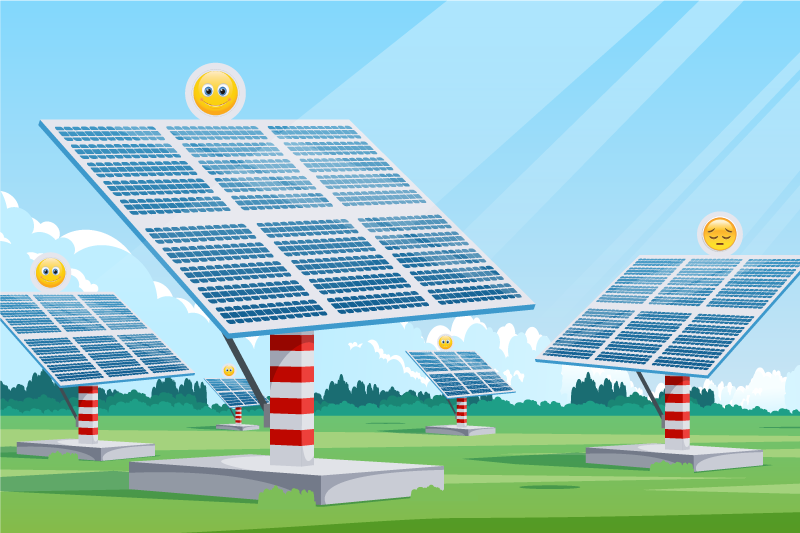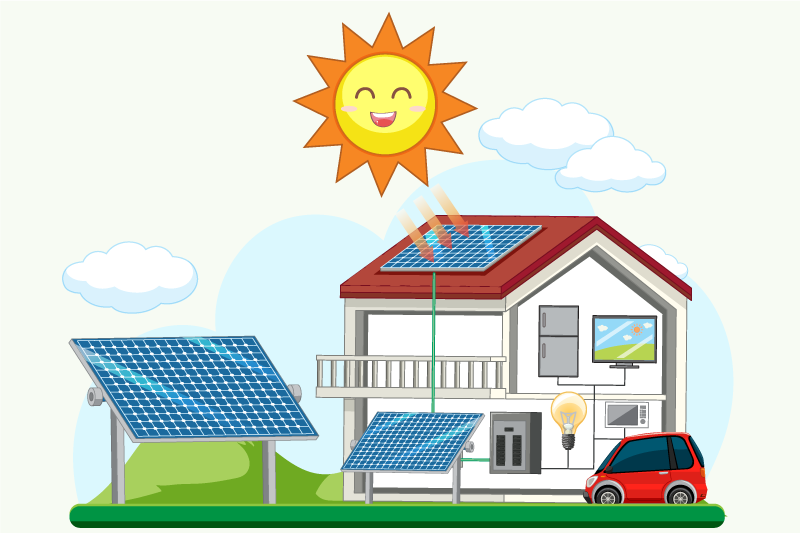In Australia’s sunny lands, switching to solar energy is a smart financial move. And with feed-in tariff policies, it gets easier. This program helps the environment and your wallet by letting businesses save a lot on their energy bills through solar investments.
With Australia’s solar feed-in tariff, you’re not just adding solar panels to your roof; you’re turning your building into a powerful energy source that powers your daily needs and sends extra energy back to the grid.
FiT boosts Australia’s renewable energy supply and returns money to those who join. Solar energy effectively reduces one’s carbon footprint and improves one’s financial situation, making it a popular choice for Australians who want a greener and more cost-effective future.
Because of incentives like feed-in tariffs (FiTs), solar power is quickly becoming a significant energy source worldwide. These FiTs are also supporting solar power’s rapid growth in Australia.
Overall Overview of Feed-In-Tariffs in Australia
Feed-in-tariff (FIT) policies aim to reduce the cost of renewable energy by encouraging the use and development of green technologies. Governments do this by buying green energy at higher prices than the market rate. The success of FIT policies depends on how these tariffs are set and adjusted over time.
Keeping profitability constant is rarely the best approach. Instead, if technology adoption and learning rates are within a specific range, profitability should decrease over time. In this case, investors will not delay their investments.
However, if the adoption and learning rates are outside this range, profitability should temporarily increase, leading to strategic delays by investors. These delays make it hard to calculate the best FIT schedules.
Regulators should create policies encouraging investors to postpone their investments to solve this. A constant profitability policy works best only if the adoption and learning rates are outside the no-delay range. It explains why current FIT implementations use constant profitability.
Understanding Solar Feed-In Tariffs
A solar feed-in tariff (FiT) is a payment from the government for the extra electricity their solar panels produce and send back to the national grid.
This program helps the national grid with renewable energy and encourages people to invest in solar technology by making it financially rewarding.
With a feed-in tariff, buildings with solar panels become small power generators, earning money from the extra energy they produce but don’t use.
Feed-In Tariffs in Australia
2008, the Council of Australian Governments (COAG) established National Principles for Feed-in Tariff Schemes. This report states that all Australian governments agree small-scale solar generators should be able to sell their extra electricity to the grid for payment.
These principles were updated in 2013 to include all renewable energy generators. Since 2008, all Australian states and territories, except Tasmania, have had mandatory FiT programs.
Because there is no national scheme, FiT programs differ by state. Each offers different tariffs and covers various types and sizes of generators. The following Quick Guides will provide details on each state’s FiT scheme.
How do Feed-in Tariffs work?
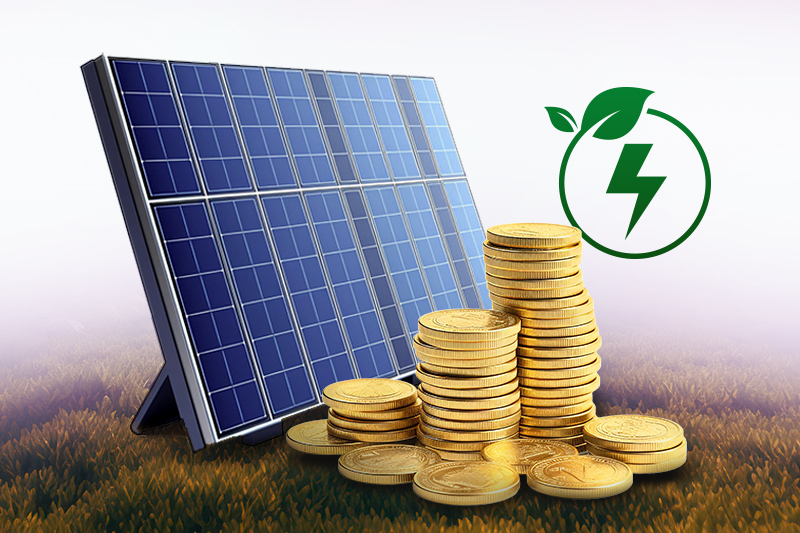
Homeowners, small businesses, or community groups can install renewable energy systems, like solar panels, wind turbines, or hydroelectric systems.
Eligibility for a FiT depends on the rules in each state. After installation, users can apply for a FiT with their state authority or electricity provider.
If their system meets specific criteria (like energy source, size, and location), they can sign a contract to receive payments for the electricity they send to the grid.
Most contracts in Australia last up to twenty years for gross or net metering. These contracts are only valid if the customer stays at the same property and keeps the same electricity provider.
The agreement covers only the original renewable energy system, so any changes or additions are not included in the FiT.
Maximizing Returns from Your Solar Panels
Assessing Your System's Capacity
Start by understanding how much electricity your solar system can produce. The size and efficiency of your setup are vital in determining this.
Compare your system’s capacity with your household’s energy needs to ensure you’re making the most of the extra electricity that can be sent back to the grid. It can help you decide whether to expand your system or adjust your energy use.
Monitoring Energy Consumption and Production
Keep a close eye on your energy consumption versus production. Align your energy use when your solar panels produce the most electricity and reduce use during low production times.
Smart technology, like advanced energy management systems, can provide real-time data to help you make informed decisions. This can save costs and boost your business’s efficiency and sustainability.
Solar Panel Maintenance
Using Smart Technology
Incorporating smart technology into your solar setup can significantly increase your savings. Smart meters and energy management systems give detailed insights into energy production and use, helping you identify and fix inefficiencies. This ensures you maximize the surplus electricity available for feed-in tariffs.
Focusing on these areas can enhance the efficiency and sustainability of your solar energy system, maximizing both cost savings and environmental benefits.
Efficient Feed-In Tariff Policies for Renewable Energy in Australia

Australia has several effective feed-in tariff (FiT) policies to encourage using renewable energy technologies.
These policies help people and businesses get paid for the extra electricity they generate and send back to the grid. Here are some key points about these efficient FiT policies:
State-Specific Programs
Types of Renewable Energy Covered
FiT policies cover a range of renewable energy technologies, including:
- Solar Panels: The most common type, which converts sunlight into electricity.
- Wind Turbines: These use wind to generate power.
- Hydroelectric Systems: These generate electricity from flowing water.
- Biomass: This uses organic materials, like plant and animal waste, to produce energy.
Eligibility Criteria
Your renewable energy system must meet certain conditions to qualify for FiT. Such as:
- Being within a specific size range.
- Meeting state-specific requirements for installation and operation.
Application Process
Contract Terms
Payment Types
FiT payments can be structured in different ways:
- Gross Metering: Gross metering pays you for all the electricity your system generates, regardless of how much you use.
- Net Metering: You get paid for the extra electricity you don’t use and send it back to the grid.
By following these efficient FiT policies, Australians can make money from their renewable energy systems while supporting the country’s shift towards greener energy sources.
These policies help ensure that renewable energy remains an innovative and financially rewarding choice.
Benefits of Feed-in Tariffs
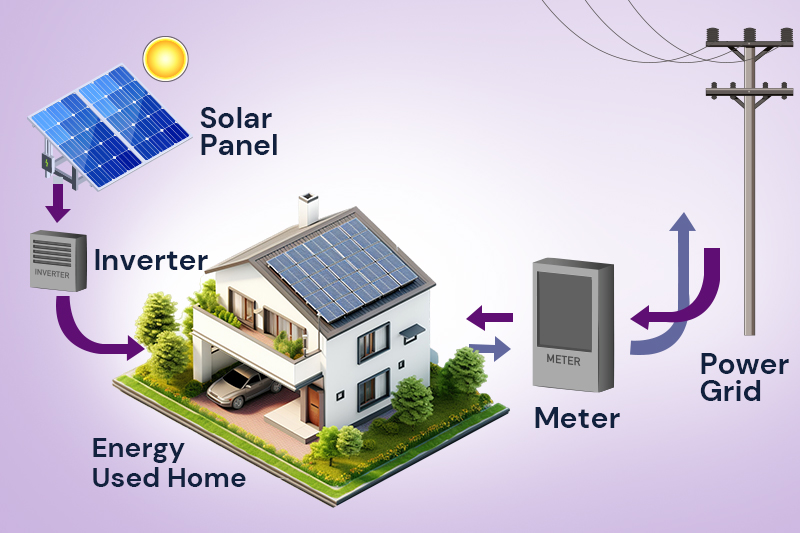
Financial Incentives
Environmental Benefits
Energy Security
Using renewable energy sources provides more energy security, reducing reliance on traditional energy sources with unstable prices and supply issues.
In summary, feed-in tariffs are a government-backed program that encourages renewable energy generation by paying producers for every unit of electricity they generate.
They offer several benefits, including financial incentives, environmental advantages, and improved energy security, but they also have drawbacks, such as high initial costs, limited availability, and reduced flexibility.
If you’re considering investing in renewable energy and feed-in tariffs, research the options in your area and carefully weigh the benefits and drawbacks. With proper planning, feed-in tariffs can earn income while supporting a cleaner, more sustainable future.
Get a free solar quote from Solar Emporium today to start your renewable energy journey!
